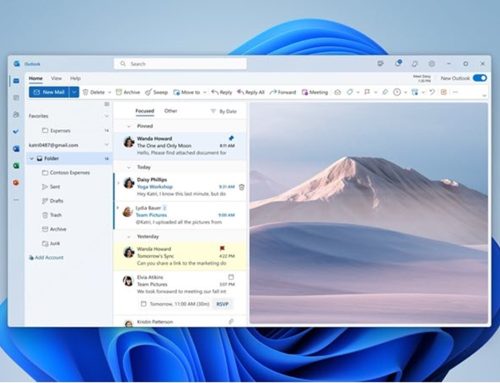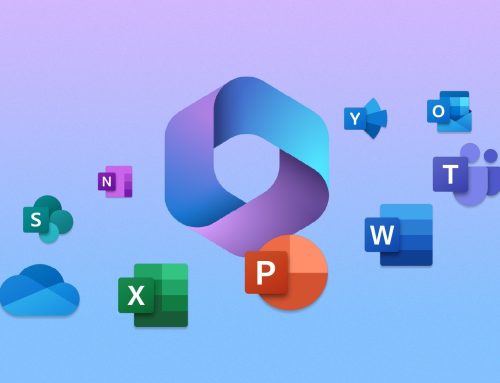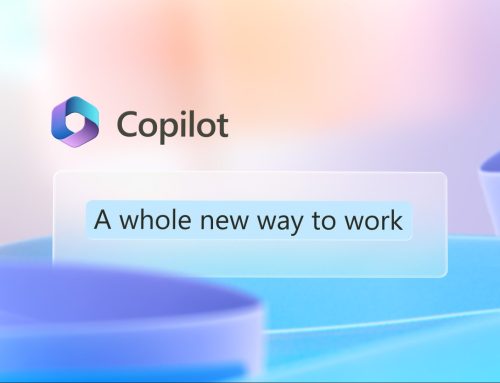On 25 July, Adobe finally put a date on switching off support for its Adobe Flash. They said: “…we will stop updating and distributing the Flash Player at the end of 2020 and encourage content creators to migrate any existing Flash content to new open formats.”
Launched in November 1996, Adobe Flash’s security weaknesses were evident from the get-go, yet it continued to be widely used right up to today. The famous exception is, of course, Apple. Steve Jobs said in 2010: “…the mobile era is about low power devices, touch interfaces and open web standards – all areas where Flash falls short.”
Not only does Flash not work with smart phones’ and tablets’ touch screens, it is also not SEO-friendly. In addition, its Plug-ins might be easy to download, but they chomp through space and battery life like a ravenous Pacman. Today, with smartphones and tablets replacing laptops and mice, Flash is just not up to the job.
So, with Flash is being flushed away in 2020 and Microsoft’s Silverlight set to be switched off in 2022, the question remains…
Will its successors be any better?
Developers and designers – in fact, most of the world’s media providers – have already dropped Flash for HTML5. You Tube, Netflix, Google, the BBC and many other large corporations have been using HTML5 for some time. Its styling for audio and video is easy and scrolling, quicker loading times, improved security, and better battery life are also standard. With so many global organisations and their consumers putting HTML5 through its paces, it is now the only natural successor to Flash. And it is so much better.
Most consumers are not worried what platforms their web content is on, they just want security, usability, speed and reliability. The same goes for businesses, but they also want SEO-friendly alternatives that will also improve their websites for the same or lower costs. Therefore, replacing Flash is a golden opportunity to do some strategic thinking and make significant improvements.
Developers and designers tend to be inquisitive and early-adopters, and Flash’s shortcomings have been a constant frustration for them, so they will drop it quicker than you can say Adobe. HTML and CSS are the preferred choices.
So, what’s next?
The other game-changer for web content is the plethora of new APIs. The mashup opportunities that this offers are seemingly endless and with few boundaries. In web development, a mashup is similar to that in music – it is where content from multiple sources are integrated to create a single new service displayed in a single graphical interface.
For SMEs, the challenges are to eliminate Flash from your website as soon as possible and then to continuously embrace change. Whether you have an in-house web development team or use an agency, the strategy, planning and updating of web content should be a priority.
There will be no support for Flash from 2020 and some web browsers are already disabling some of its functionality. Its demise affects thousands of businesses who have relied on it in the past, but with HTML5 and APIs offering so many more exciting opportunities, this is a wake where everyone should be happy.








